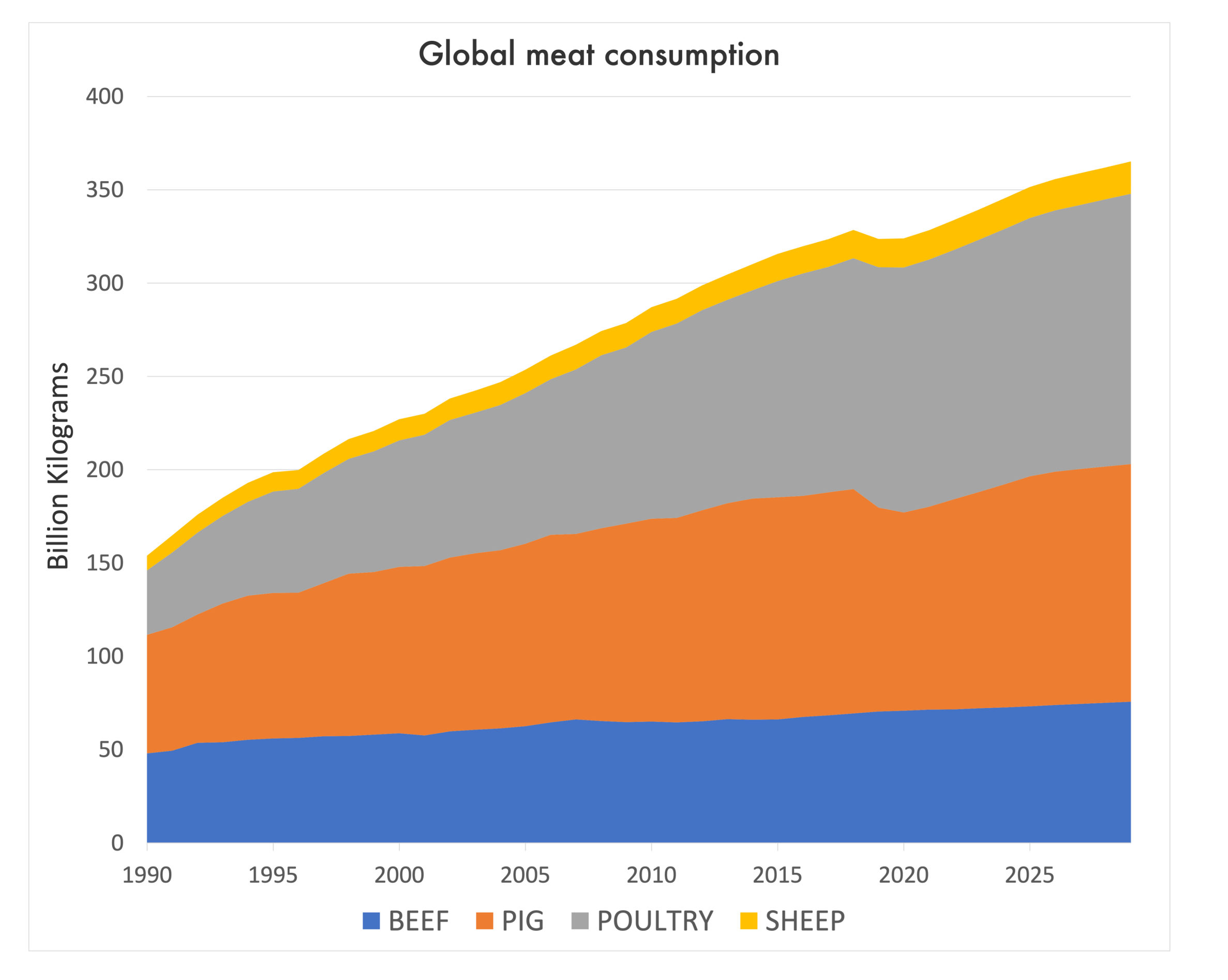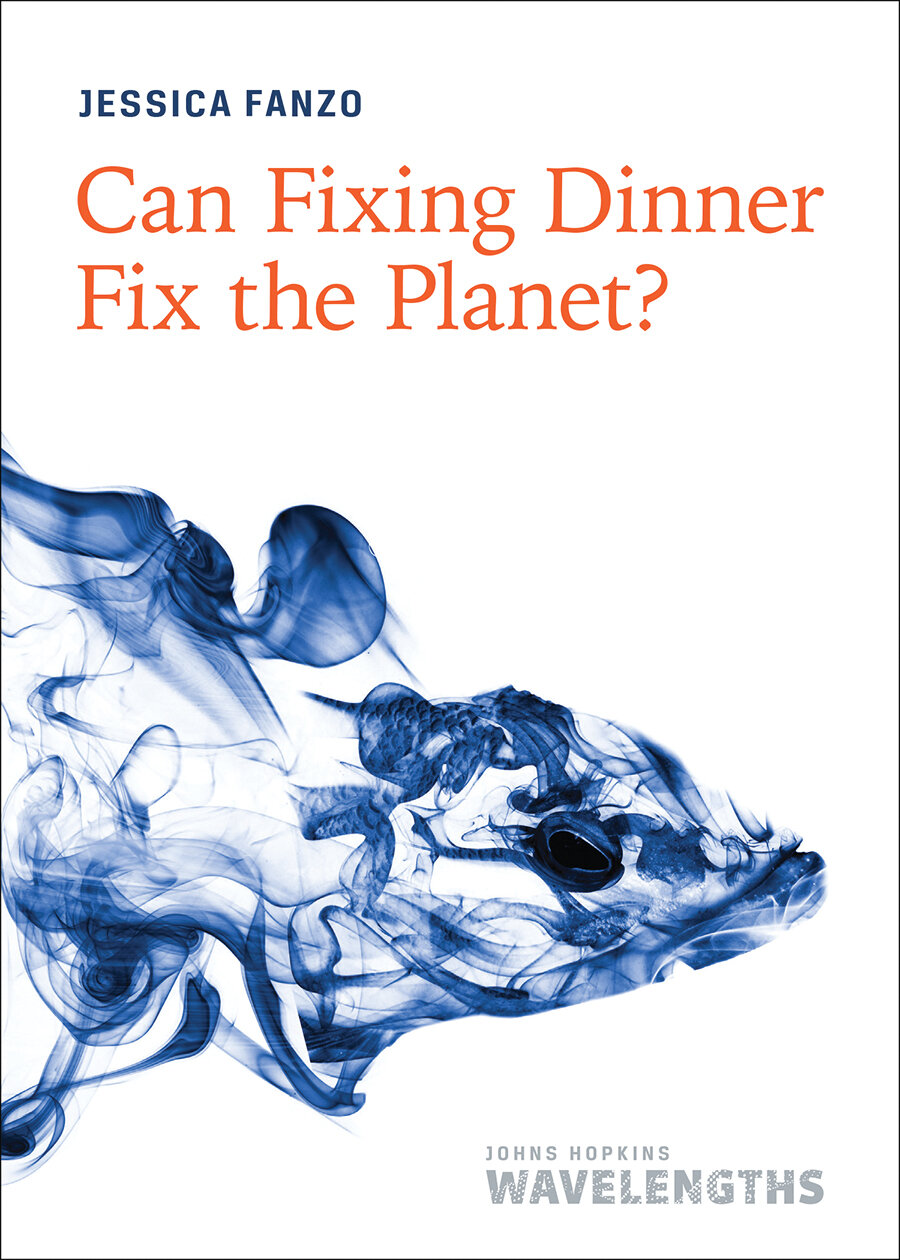Food Bytes is a monthly blog post of “nibbles” on all things climate, food, nutrition science, policy, and culture.
A little warm-up
Are you doing dry, damp, or wet January? Me, semi-dry…I have a good excuse, though. My lovely partner and I had to celebrate with a bottle of prosecco because I have accepted a full professorship at Columbia University’s new climate school, where I will lead their Food for Humanity initiative. I am sad to leave Johns Hopkins, but alas, change is good. I start in June, so get ready Gotham…
I also quit Twitter after 12 years. Felt good. I should have done it years ago…No toxicity! More time! Less self-promotion!
Let’s get the political stuff out of the way…
Is globalization over? The elite will again meet at the World Economic Forum in Davos, Switzerland, for some strained global discourse. When I say elite, gathering of the world’s 0.001 percent. Every year one asks if Davos has relevance or are these elitists more and more out of touch with what is truly happening in countries and communities. This NYT article on how Davos will confront the new world order says it all:
“The World Economic Forum in Davos, Switzerland, finds itself navigating troubled waters. Long the affluent symbol of a globalizing world where the assumption was that more trade would bring more freedom, it now confronts international fracture, ascendant nationalism and growing protectionism under the shadow of war in Europe and sharp tensions between the United States and China.”
I am sure climate change and food security will be on the agenda, but again much of it will be talking, among the elite few, with little action. As it stands, with the global food security crisis, rich countries have fallen short in providing much-needed assistance with increasing risk of hunger and, for some countries, such as Somalia, starvation. Sci Dev wrote an important piece on global starvation looming and rising food prices (see graph below. It deserves attention.
As the world tenses, doing nothing is not good enough, and flying to Davos in your private jet pontificating about poverty is getting tiresome.
If Davos doesn’t get you depressed enough, take a gander at the World Economic Forum’s global risk report. One word: polycrises.
Let’s confront the scary stuff…
California’s “atmospheric rivers”—these doom terms, I tell ya — yield all kinds of chaos for the Californians. The damage due to these intense storms and flooding is estimated to cost the state 30 billion. It is ironic, though, that droughts are a major issue and all roads point to these torrential storms as not helping, but perhaps they will contribute to the necessary snowpack in the long term. What hasn’t been discussed much in relation to storms is the potential damage to crops. California is a massive horticulture producer in this country, growing nearly half of the fruits, nuts, and vegetables in the United States. California’s agriculture also matters to the world because its products are exported to approximately 200 countries. Why is this such as issue? This is why:
“The rains are critical in breaking the worst drought in the US southwest in 1,200 years. The dryness has hurt crops across California’s Central Valley, one of the world’s largest agriculture economies, put large cities under stress, threatened water supplies for many smaller communities, and contributed to some of the largest and deadliest wildfires in state history. Dwindling flow in the Colorado River bordering California has also put hydroelectric supplies in danger.”
There is some hope, though. According to Civil Eats, farms that practice regenerative agriculture seem to weather the storms through innovation.
Let’s give a shout-out to great science…
The AI DALL-E’s rendering of when I asked for “her?” to draw an abstract painting of the Mediterranean diet.
Some colleagues at GAIN and Cornell just published this fantastic review on how animal-source foods—meat, fish, eggs, and dairy—can play an important role globally in ensuring healthy and sustainable diets.
Another paper by Amanda Woods and colleagues makes the case for resilience in food systems management and governance.
Remember that pesky EAT-Lancet Commission report that came out with a planetary diet (very similar to a Mediterranean diet, in my opinion…so what’s the big deal)? Yah, I am guilty of having been a commissioner. Since its publication in 2019, it has been cited about 6,000 times (no joke), and much science has followed. Take this article showing that 86 nations representing 51% of the global population can secure a nationally sourced EAT-Lancet diet from a land-availability perspective. That leaves 3.7 billion living in countries without enough land to source a planetary health diet. I guess trade is important after all!
Loved this Nature piece on the importance of indigenous knowledge for food security. This line. YES. “I am under no illusion about what it will take to achieve true collaboration at scale — both at the individual and systemic level. Yet in my interactions with Indigenous people and local communities, people’s generosity and willingness to work collaboratively has impressed me again and again.”
A modeling study published in the Global Food Security Journal from a multi-country collaboration examined the impact of the Ukraine-Russia war on food security. Their model show that food trade would decrease by 60%, wheat prices will increase 50%, and severe food insecurity would increase 30% in 2023. Dire.
A study in the Lancet Planetary Health examined 83 Food-based dietary guidelines (FBDGs) for their inclusion of environmental sustainability. Of the 83 they examined, only 37 mention ES and of those, none really emphasize why it is important, and how diets can be made to be more sustainable. My question is, who cares about FBDG? Does anyone follow them?? Yes, I get it, they inform public procurement, but they don’t really help individuals with dietary guidance. If you want a snarky take on the United States guideline, listen to this Maintenance Phase podcast (hands down the best podcast on poking holes in nutrition and dietary science).
Still baking, after all these years…
I am still baking, and it has become a relaxing ritual. This weekend? A castelvetrano olive, rosemary, whole wheat sourdough. My prettiest loaf yet! I followed this recipe more or less.







